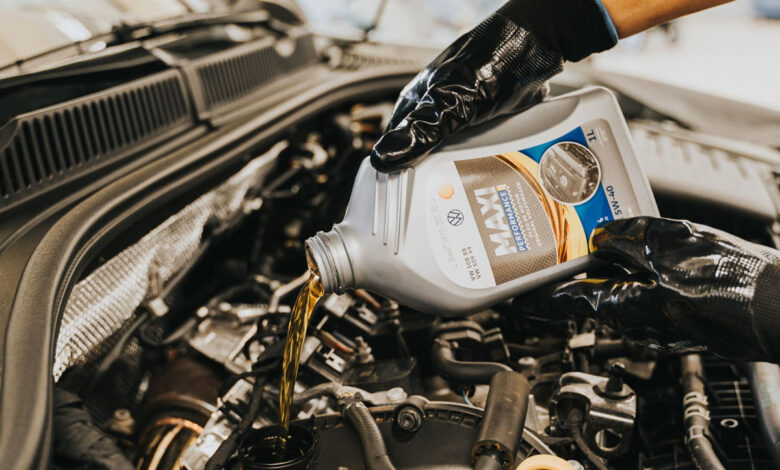
What Do API and ACEA Stand For?
A Guide to Understanding Engine Oil Labels
Keeping your car in good shape requires more than just regular maintenance. You need to choose the right engine oil to keep your engine running smoothly and efficiently. But with all the different labels on engine oil containers, it can be difficult to know what you’re buying and what the best option is for your engine. To help, it’s important to understand what API and ACEA stand for on engine oil labels. API and ACEA are two organizations that work together to set standards for engine oil. By understanding what these organizations stand for, you can easily make informed decisions about which engine oil is best for your car. In this guide, we’ll explain what API and ACEA stand for, how they differ, and what they mean when it comes to choosing the right engine oil.
What Does API Stand For?
API stands for the American Petroleum Institute, which is an organization that researches, studies, and sets standards for various industries. When it comes to engine oil, the API sets standards for the quality of the oil. In other words, it determines the minimum requirements that must be met in order to use the API Engine Oil label on a product. This helps car owners know they are getting a quality product that meets their engine’s specific needs. Not every engine oil meets these standards, though. You must look for the API Engine Oil label and make sure it has the proper number associated with it. The number will indicate the quality of the oil and how well it meets those specific standards. There are different API Engine Oil labels, and each one has a number associated with it. However, the most common API Engine Oil labels are: 10W-30, 5W-20, and 30.
What Does ACEA Stand For?
ACEA stands for the Association des Constructeurs Europeens d’Automobiles. It’s a European organization that sets standards for cars in Europe. However, it also works closely with the API to set standards for the API Engine Oil label. The ACEA standards are generally the same as the API standards, but the numbers may be different. This means the ACEA number will indicate the same quality of oil as the API number. Unlike the API label, the ACEA label is not required on every engine oil container. But it can be helpful if you have a specific car model in mind and want to make sure you’re using the right oil for your engine.
Differences between API and ACEA
As we just discussed, the API and ACEA are two organizations that set standards for engine oil. However, there are some key differences between the two. First, API and ACEA standards are different. The API sets standards for all types of engines, while ACEA only applies to European engines. In addition to different standards, API and ACEA numbers are different. While the API number indicates the quality of the oil, the ACEA number indicates the viscosity. The viscosity is the thickness of the oil. The higher the number, the thicker the oil is. This also impacts your car’s performance because thinner oils are generally better for your car’s engine.
How to Read Engine Oil Labels
When you go to the store to buy engine oil, you may not know what you’re looking for. However, you can follow these steps to make sure you buy the right oil for your engine. First, you’ll need to make sure the container says “engine oil.” If it doesn’t say this, it’s not the right product. Next, look for the API or ACEA label. If you see the API Label, you’ll need to check the number to make sure it’s the right type of oil for your car. If you see the ACEA label, but don’t know what number to look for, you can also check the car’s manual to see what type of oil it recommends. Once you find the label or the number on the container, you can easily determine which engine oil is best for your car.
Benefits of Using the Right Engine Oil
Not only does engine oil protect your engine, it also affects your car’s performance, fuel efficiency, and emissions. Engine oil helps keep your engine cool by acting as a barrier between the engine and other moving parts. It also lubricates these moving parts so they don’t grind against each other and cause damage. This means engine oil is essential for protecting your engine and keeping it in good shape for as long as possible. Your car’s engine is designed to run on a specific engine oil. If you use a different oil, it won’t lubricate your engine properly. This can cause damage to different parts of your engine and reduce the lifespan of your car.
Conclusion
Engine oil is essential for keeping your engine running smoothly. However, it’s important to use the right type of oil for your engine. These oils are labeled with a variety of numbers and letters. While these numbers are mostly the same, they indicate different things depending on the label. If you use the right oil in your engine, it will protect it and allow it to run more efficiently. This means it will last longer and help you save money in the long run.